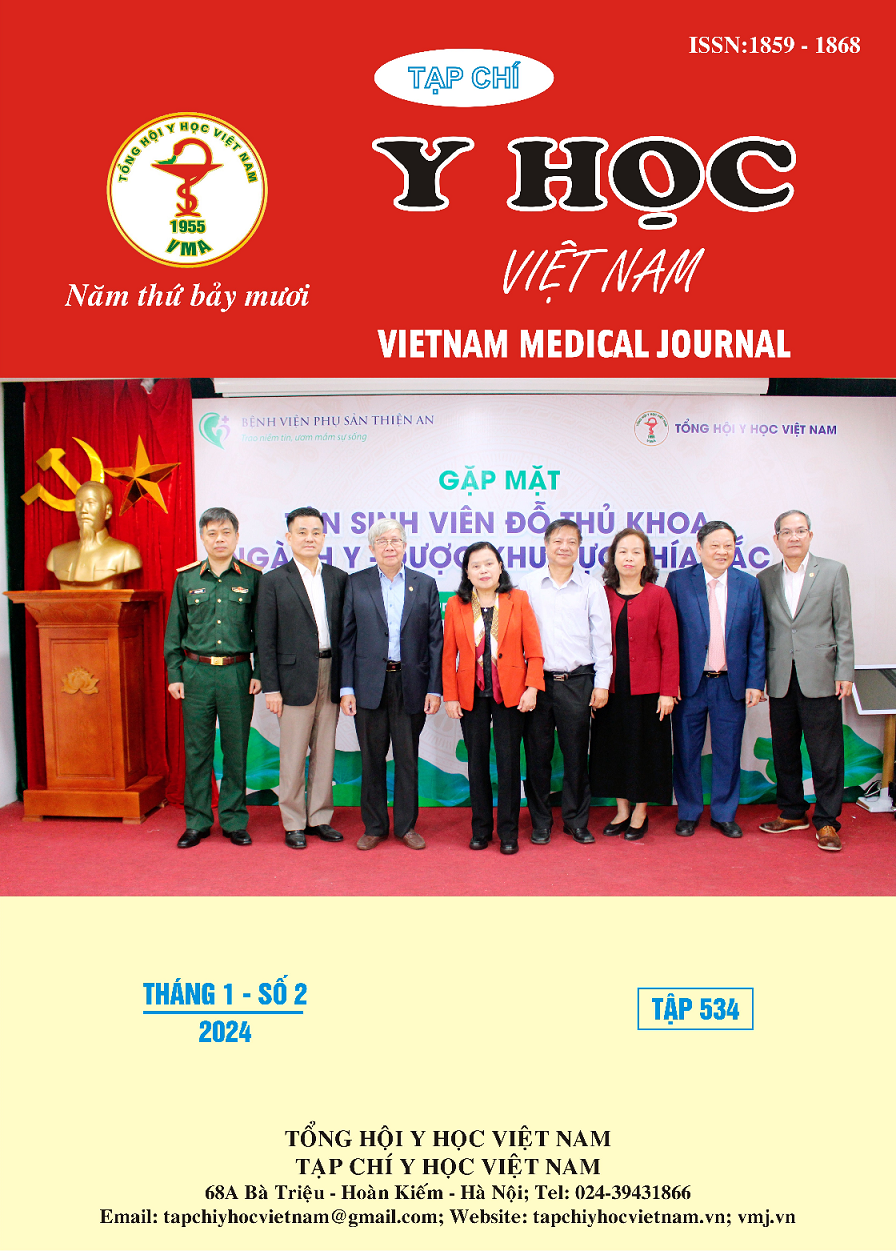SYSTEMATIC REVIEW AND META-ANALYSIS ON BOLTON'S RATIOS IN ORTHODONTIC DENTISTRY
Main Article Content
Abstract
Objectives: To describe the Bolton overall index (OR) and anterior index (AR) regarding normal occlusion and Angle's malocclusion through documents written in the literature to 2022. Subjects and methods: a systematic review of Bolton's ratios. Search strategies with 4 databases PubMed, Cochrane, Google Scholar, and ScienceDirect were conducted to find out 3523 articles. After excluding duplicate articles and titles and abstracts screening process, 354 articles were included in the full-text analysis. Then, 56 articles were included in the meta-analysis. Results: The overall Bolton index OR and anterior Bolton index AR of the Normal occlusion group were 91,74% (CI 95%: 91,4%-92,1%) and 78,22% (CI 95%: 77,82% – 78,63%), respectively. For class I malocclusion, OR and AR were 91,7% (CI 95%: 91,5% - 92,0%) and 78,5% (CI 95%: 78,1% – 78,9%), respectively. For class II malocclusion, OR and AR were 91,5% (95% CI 91,3%-91,7%) and 78,5% (CI 95%: 78,2% – 78,9%), respectively. For class III occlusion, OR and AR were 92,2% (CI 95%: 91,8%-92,7%) and 78,9% (CI 95%: 78,3% – 79,4%), respectively. There were no statistically significant differences between men and women, and between continents, in both OR and AR values for normal occlusion as well as malocclusion. Conclusions: The average OR and AR values in normal occlusion are both large compared to the original Bolton values. All malocclusions according to Angle have nearly equal OR and AR values, however, class III malocclusions have the largest OR and AR. Gender and continent had almost no differences in OR and AR.
Article Details
References
2. Higgins J.P. and Green S. (2008), "Cochrane handbook for systematic reviews of interventions".
3. Page M.J., McKenzie J.E., Bossuyt P.M., et al. (2021), "The PRISMA 2020 statement: an updated guideline for reporting systematic reviews", International journal of surgery. 88, p. 105906.
4. Lê, N. L. ., & Lê, N. T. . (2023). “Nghiên cứu kích thước độ rộng của răng và sự sai biệt kích thước răng hai hàm theo phân tích Bolton trên sinh viên răng hàm mặt Trường Đại học Y dược Cần Thơ”. Tạp Chí Y học Việt Nam, 524(2).
5. Huỳnh Kim Khang (2011), "Đặc điểm kích thước răng sữa và răng vĩnh viễn trẻ em Việt Nam", Tạp chí Y học Thành phố Hồ Chí Minh, 15(1), tr.265-271.
6. Mishra RK, Kafle D, Gupta R. (2019), "Analysis of Interarch Tooth Size Relationship in Nepalese Subjects with Normal Occlusion and Malocclusions", Int J Dent, pp. 18:2761427.
7. Ashikin A. N., Othman, S. A. (2012), "Comparison of tooth-size discrepancy of three main ethnics in Malaysia with Bolton’s ratio", Sains Malaysiana, 41(2), pp.271-275.


